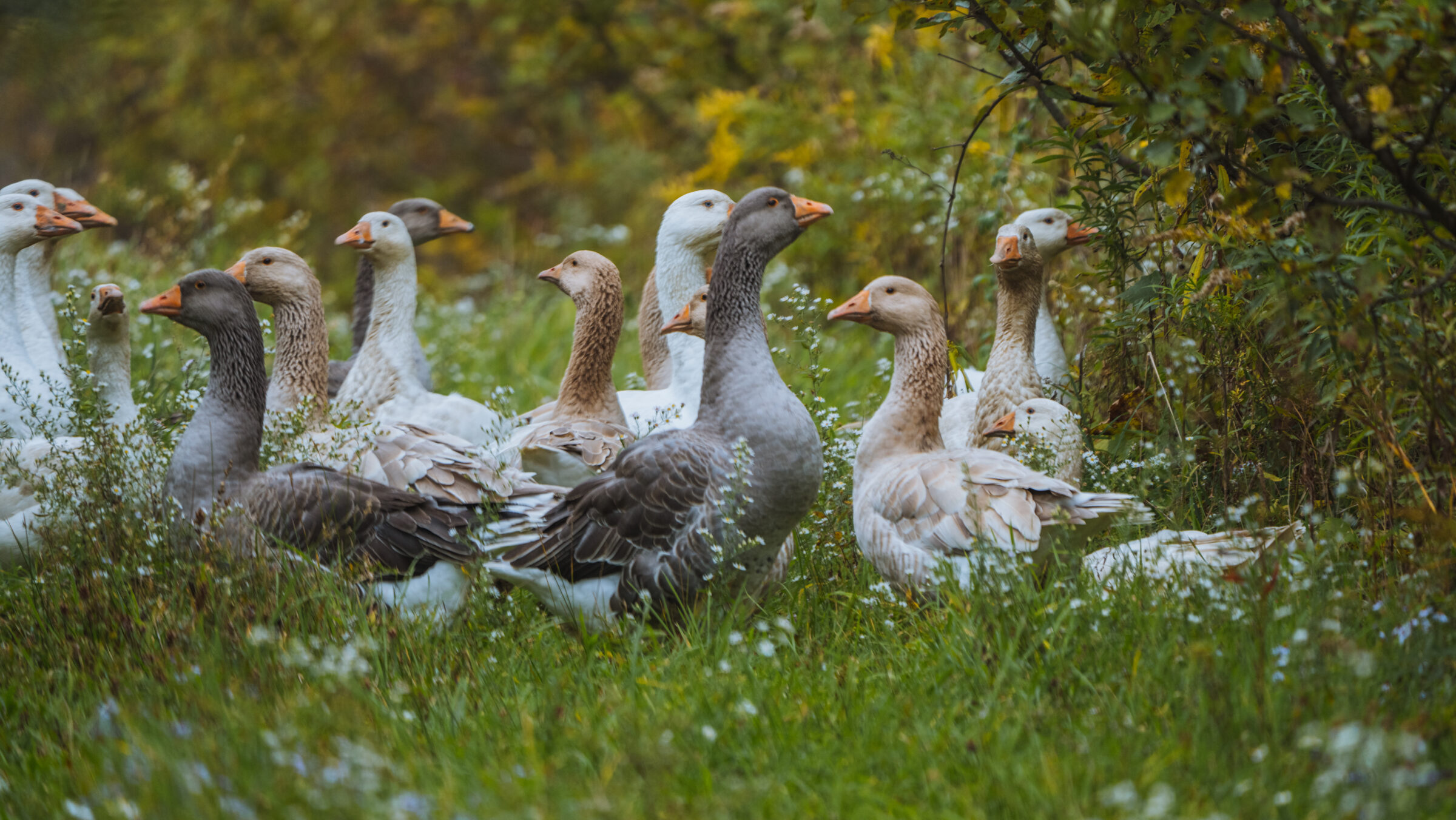
4. Crop and Livestock Selection
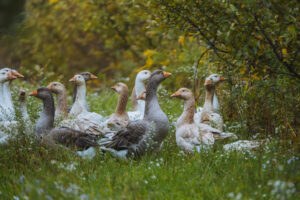
Once you have completed your site assessment, you should have a good sense of which types of agroforestry systems will be best suited to your land base. For example, open meadows or pastures are generally best suited for a livestock-based silvopasture system. Land that is heavily wooded will lend itself toward timber management and production systems for non-timber forest products. You may focus on one system or find that applying multiple systems is the best way to advantage of different areas of your site.
Promising Tree Crops in the Northeast
Next, research the trees, crops, and/or livestock you want to produce. A wide range of perennial crops are suitable for production in the temperate Northeast. Many provide an impressive list of food, medicine, fodder, biomass, and more yields. Some have a much higher potential for commercial-scale production than others. Others have specific niche markets that may still be worth exploring.
- Agroforestry Crops for the Northeast | Regenerative Design Group
- Effective chestnut and hazelnut management practices and improved genetic materials in New York | Thompkins County – Cornell Cooperative Extension
- SI Crop sheets (download free PDF)
- SI Crop Info Web Portal
- What Trees Should You Plant?
The following list highlights the agroforestry crops with the highest potential for commercial success in the Northeast.
- American Persimmon (Diospyros virginiana)
- Aronia (Aronia melanocarpa)
- Bitternut/Yellowbud Hickory (Carya cordiformis)
- Chestnut, Chinese/Hybrid (C. mollissima/ C. x)
- Cider Apples + Pears (Malus var./Pyrus var.)
- Elderberry (S. nigra, S. americana)
- Currant/Gooseberry (Ribes var.)
- Hardy Kiwi (Actinidia arguta)
- Hazelnut Hybrids (Corylus avellana x am)
- Pawpaw (Asimina triloba)
- Schisandra berry (Schisandra chinensis)
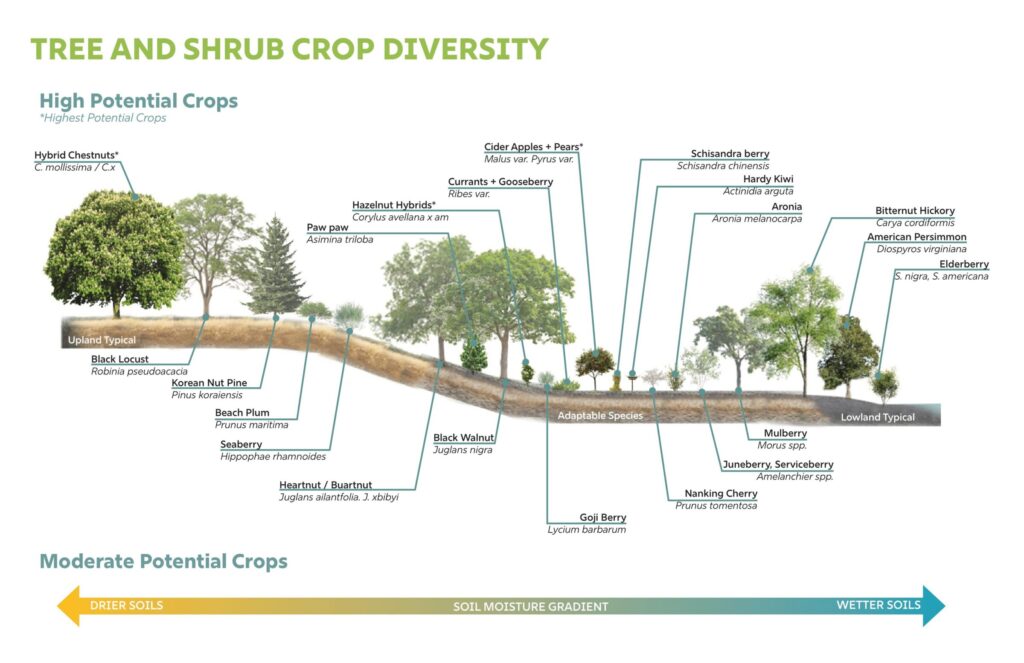
Many other crops are still valuable to produce, whether for small-scale food production, specialized market opportunities, or by positively contributing to the ecological diversity of a planting. These include:
- Beach plum (Prunus maritima)
- Black locust (Robinia pseudoacacia)
- Black walnut (Juglans nigra)
- Goji berry (Lycium barbarum)
- Heartnut, Buartnut (J. ailantifolia, J. xbixbyi)
- Juneberry, Serviceberry (Amelanchier spp)
- Korean nut pine (Pinus koraiensis)
- Mulberry (Morus spp.)
- Nanking cherry (Prunus tomentosa)
- Seaberry (Hippophae rhamnoides)
Perennial grains, herbs, and non-edible support crops, such as nitrogen-fixing shrubs or pollinator species, should not be overlooked for their economic and ecological value in a perennial polyculture farm system. These should be included in an agroforestry planting to increase soil health, ecological diversity, and on-farm resilience.
Polyculture, n. the simultaneous cultivation or growth of two or more compatible plants. A highly prevalent form of agriculture around the world, polycultural plantings promote biodiversity, reduces pest and disease pressures, and enhance soil health.
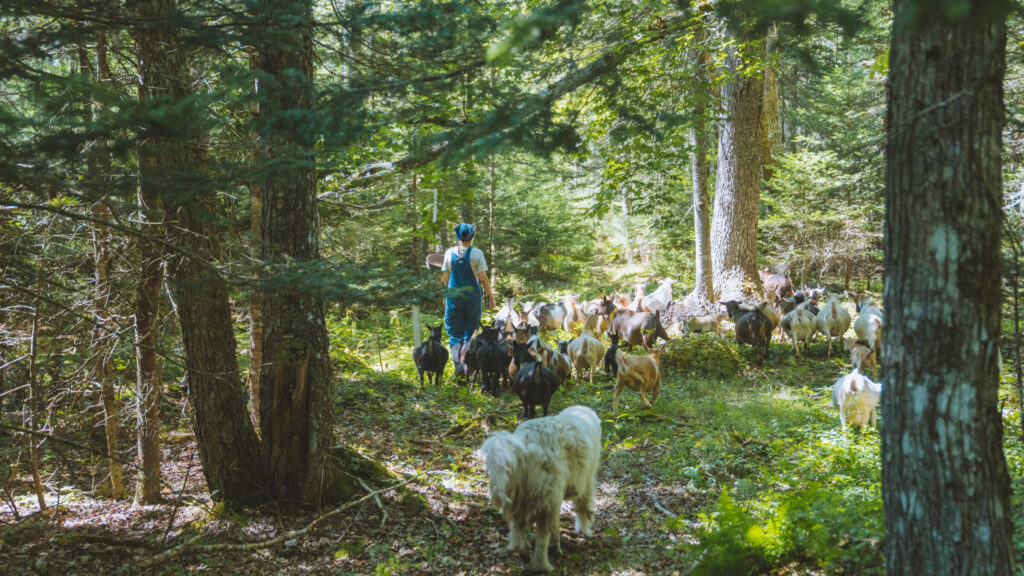
Compatible Livestock
While not required, many agroforestry systems benefit from integrating well-managed livestock in long- or short-term rotations. Each type offers distinct advantages and disadvantages in marketability, care, and crop interactions. Common choices and some considerations are as follows:
| Adaptability/Benefits | Considerations | |
| Cattle | Rotational grazing Fertility Silvopasture Established market (meat) | Requires permanent fencing Requires sturdy tree protection |
| Sheep | Rotational grazing Fertility Specialty market (meat, dairy) | Permanent or moveable fencing Requires tree protection Protect from predators |
| Goats | Removing unwanted vegetation Specialty market (meat, dairy) | Permanent or moveable fencing Escape artists Requires tree protection Protect from predators |
| Pigs | Rotational grazing Fertility Removing unwanted vegetation Silvopasture Established market (meat) | Requires electric fencing Requires tree protection |
| Chickens | Rotational grazing Fertility Pest control Established market (meat, eggs) | Protect from predators |
| Ducks | Rotational grazing Fertility Pest control Specialty market (meat, eggs) | Protect from predators Prefer water source |
| Geese | Rotational grazing Fertility Weed control Specialty market (meat) | Protect from predators Prefer water source |
| Rabbits | Rotational grazing Fertility Specialty market (meat) | Protect from predators Prevent from burrowing |
Silvopasture systems are becoming increasingly popular as livestock producers learn how to improve the health of their animals through improved living conditions and a more diverse diet. Many farmers also opt to grow tree crops exclusively for livestock rather than human consumption. Livestock can take advantage of mast crops that are not commercial-grade or otherwise unattractive to humans, such as crabapples, oaks/acorns, and hickories, as well as various types of tree fodder, such as mulberries, honey locust, and willow. Growing these species can vastly simplify agroforestry operations, eliminating the need for expensive and labor-intensive harvesting and processing equipment, marketing costs, and concerns about food safety. Incorporating trees into livestock operations still offers all the same ecological benefits of an edible agroforestry system while contributing to the bottom line by improving animal health and mitigating risks due to climate change.
Mast Crop, n. the abundance of nuts or fruits that fall from forest trees for wildlife; historically used to fatten domestic pigs. While most tree produce a seed crop each year, a ‘mast year’ will typically occur every 3-10 years depending on the species, dropping an excessively abundant crop, presumable to aid in seed dispersal and forest succession.
Tree Fodder, n. Leafy tree material fed supplementally to livestock instead of or in addition to grass, hay or silage, especially during excessive rain or drought conditions. A common practice in other areas, tree fodder is a much less intensive feedstock that regenerates after browse, making better use of marginal grazing areas while also adding important nutritional diversity to livestock diets.
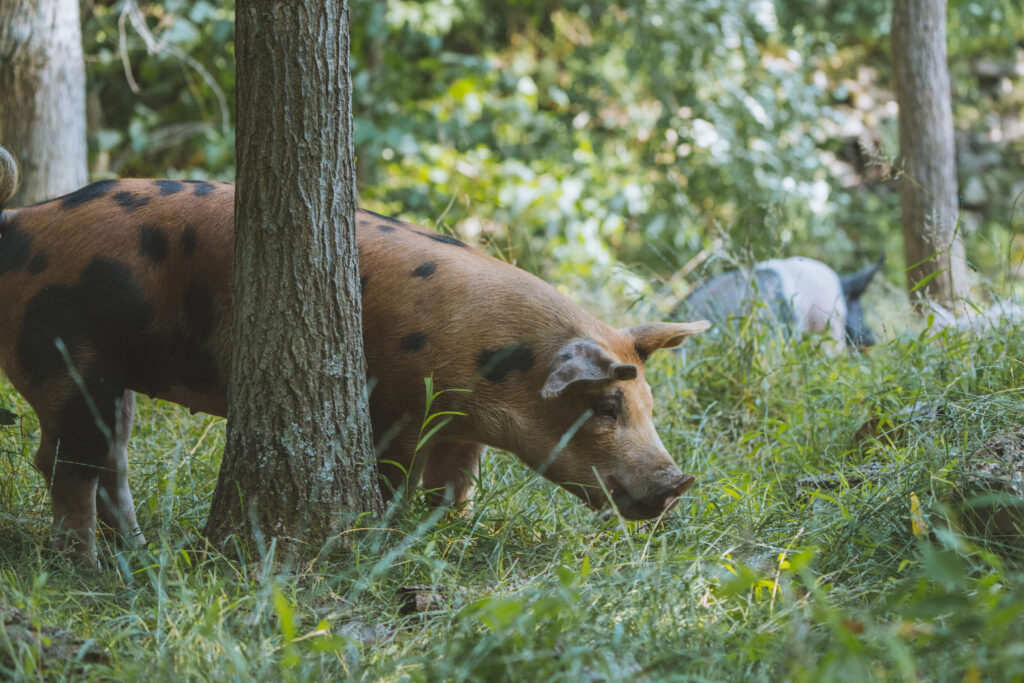
It is essential to match livestock choices with compatible crop systems. Expenditures on housing, supplemental feed, veterinary care, and routine labor for management must be considered for any aspiring enterprise.
Non-edible Agroforestry Products
Trees produce much more than just food for humans or livestock. Sometimes referred to as “Non-Timber Forest Products (NTFPs), there are several existing markets for craft, specialty, and medicinal products, some of which can be highly valued and help to diversify your income streams or become a niche product line for your farm. These include:
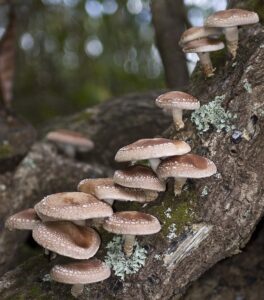
- American Ginseng
- Goldenseal
- Black Cohosh
- Bloodroot
- Trillium
- Ramps
- Maple syrup
- Cultivated mushrooms
- Wild mushrooms
- Pine straw
- Pine cones
- Vines
- Hazel coppice wood
- Willow coppice wood
Harvesting & Processing
Another key consideration beyond crop and livestock suitability is how you will efficiently harvest and process your crop for market, whether for human consumption or as feedstock. This is another area of agroforestry that is rapidly evolving and growing in the Northeast, with new partnerships, equipment, and facilities emerging each year. Within the next five years, market trends point to strong commercialization efforts for a handful of high-potential crops.
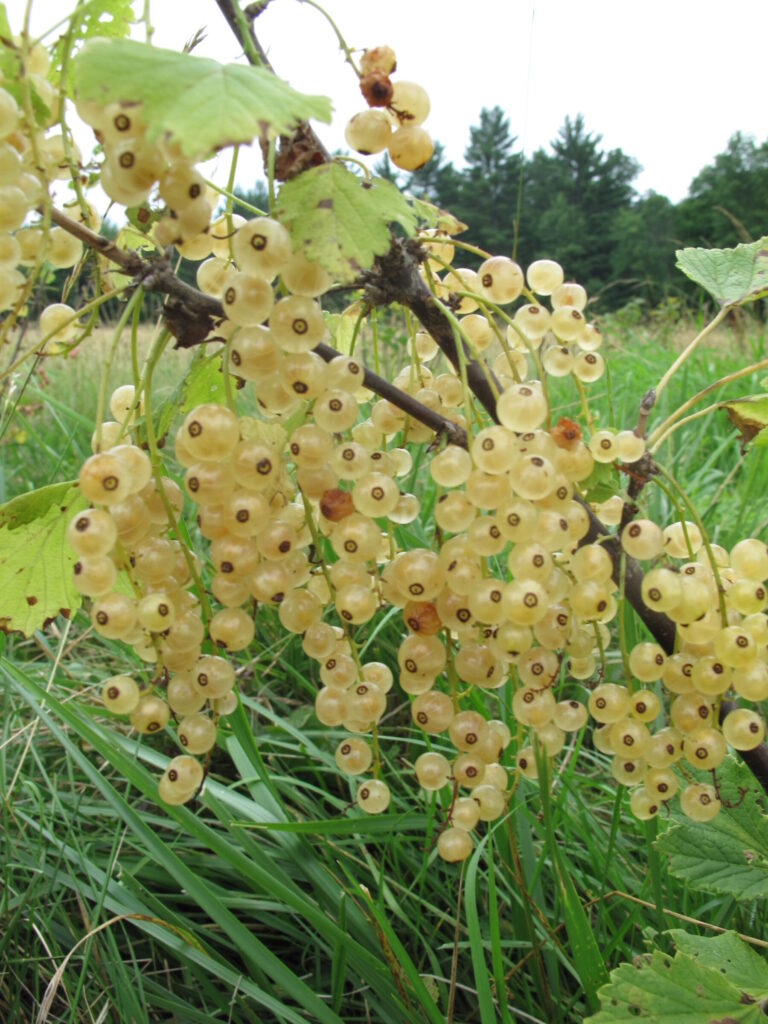
This includes rentable machinery, regional processing hubs, and marketing cooperatives for the following crops:
- Cider Apples
- Chestnuts
- Hazelnuts
- Hickory
- Elderberry
- Aronia
- Currants
- Seaberry/Sea Buckthorn
- Black Walnut
- Persimmon
“Best Bets” Crop and Livestock Evaluation Worksheet
This worksheet can help you think through all the steps involved in bringing an agroforestry crop to market so that you can compare crops and various opportunity costs.
Research and fill out as much general information as possible for each crop you are considering. More detailed financial planning will occur in subsequent steps of the planning process.
| Crop: | ||
| Type of Agroforestry System(s): | ||
| Tree/shrub height range | ||
| In-row spacing (if applicable) | ||
| Between-row spacing (if applicable) | ||
| Sun/shade tolerance | ||
| Soil needs | ||
| Water needs | ||
| Years to begin bearing | ||
| Years to maturity | ||
| Estimated yields (e.g., per plant or acre) | ||
| Equipment needed (e.g., tractors, mowers, etc.) | ||
| Protection needed (e.g., tree tubes, fencing, rodent deterrents, guard dogs, etc.) | ||
| Harvesting methods (e.g., by hand, machine, cut tops, etc.) | ||
| Post-harvest processing needs (e.g., drying, storage, cracking, sterilizing) | ||
| Required seasonal management and care (labor) | ||
| Compatible crop plants | ||
| Compatible livestock | ||
| Estimated planting costs (e.g., per plant or acre) | ||
| Other crop-specific costs to bring to market (e.g., packaging, shipping/delivery, licensing/inspection fees) | ||
| Current market price (per unit ____) | ||
| Other existing products/market competition |
Whole Agroforestry Planning
Bringing It All Together
Now that you have evaluated your site and carefully assessed potentially suitable crop and livestock systems and their individual harvesting, processing, and marketing needs, you can develop your Whole Agroforestry Plan.
This Plan combines the information gathered in your site assessment, your “Best Bets” research, and, perhaps most importantly, your skills, interests, passions, and values. Even the best farm business idea will not flourish if it does not provide you with your desired quality of life. Additionally, what initially excites you about agroforestry may evolve as you gather more information and gain experience. Being willing to evaluate and revise your Plan throughout the establishment phase is key to long-term success.
- Revisit your goals articulation and vision statements. Highlight key individual limitations such as your skill sets, your time and financial resources, and your ideas of success.
- Review your site assessment and flag physical conditions limiting what your land can support, such as soil types, climate, water table, and slope. Consider that other conditions can/will change over time and how climate change might play a role.
- Look through your ‘Best Bets’ Worksheets and evaluate the pros and cons of each possible crop and livestock choice. What is still exciting to you?
- Start sketching out a timeline of activities: can you start planting immediately? Or do you need to transition your landscape slowly over time? Will your system and enterprise change over time as the crops mature?
- What significant challenges do you foresee? What roadblocks or bottlenecks will you need to overcome with your chosen enterprise? How can you increase your resilience, maximize diversity in your landscape, and/or create multiple income streams?
Your answers to these questions will guide you to the Plan that best fits your unique situation. Distill your answers below, keeping in mind what aspects might change over time:
Whole Agroforestry Plan Worksheet Example:
| Farm name: | Food Forever Farm |
| Main crops/livestock = your main focus and financial bedrock | Chestnuts Broiler Chickens |
| Secondary crops/livestock = exploratory, low input, specialty market, or personal consumption | Sheep Elderberries Currents Basket Willow |
| Support crops/livestock = nitrogen fixers, pollinators/habitat, guard dogs, etc. | False Indigo Oak Senna Mulberries |
| Additional activities = on-farm research, events, agrotourism | Harvest suppers Demonstration tours |

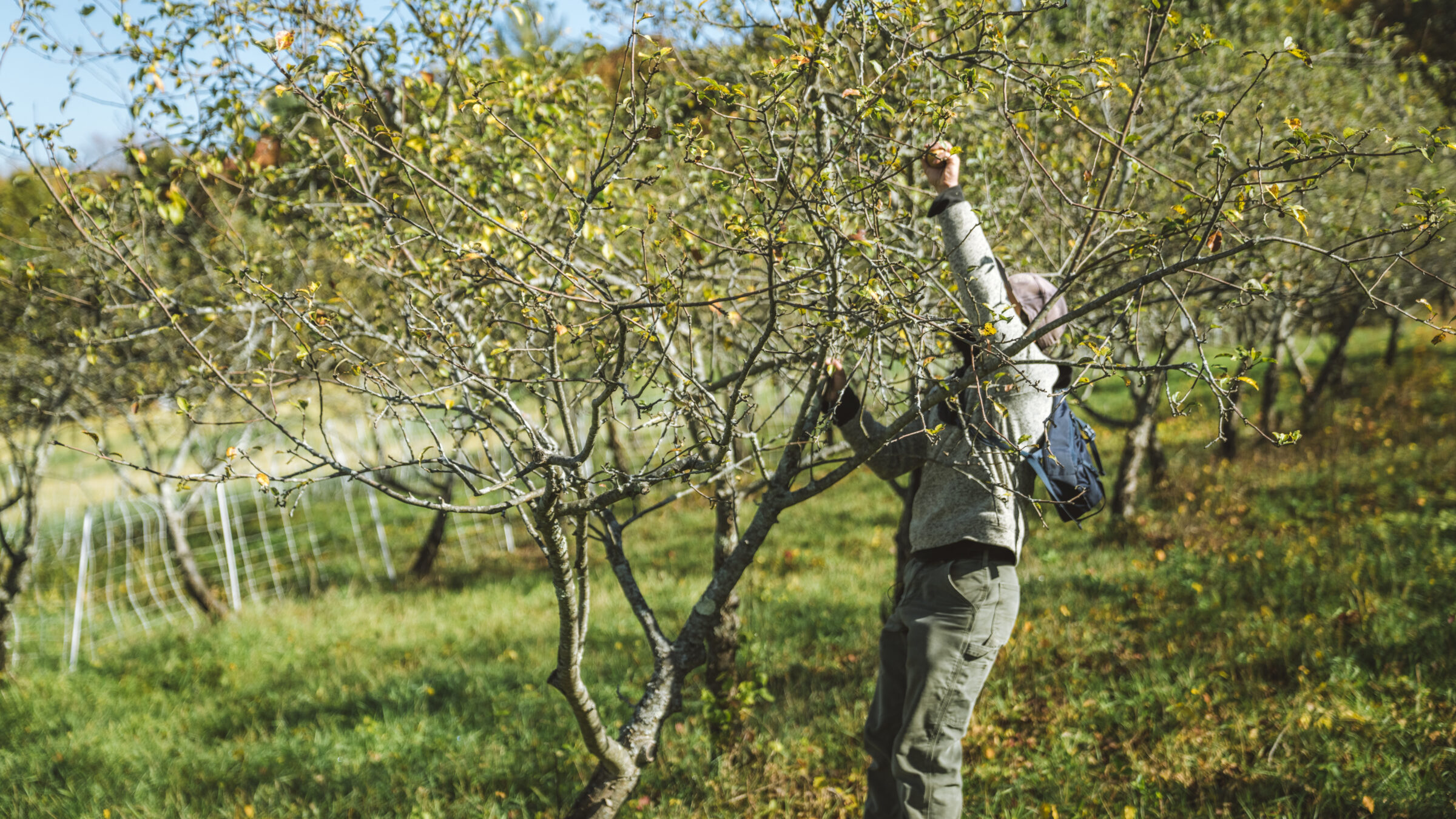
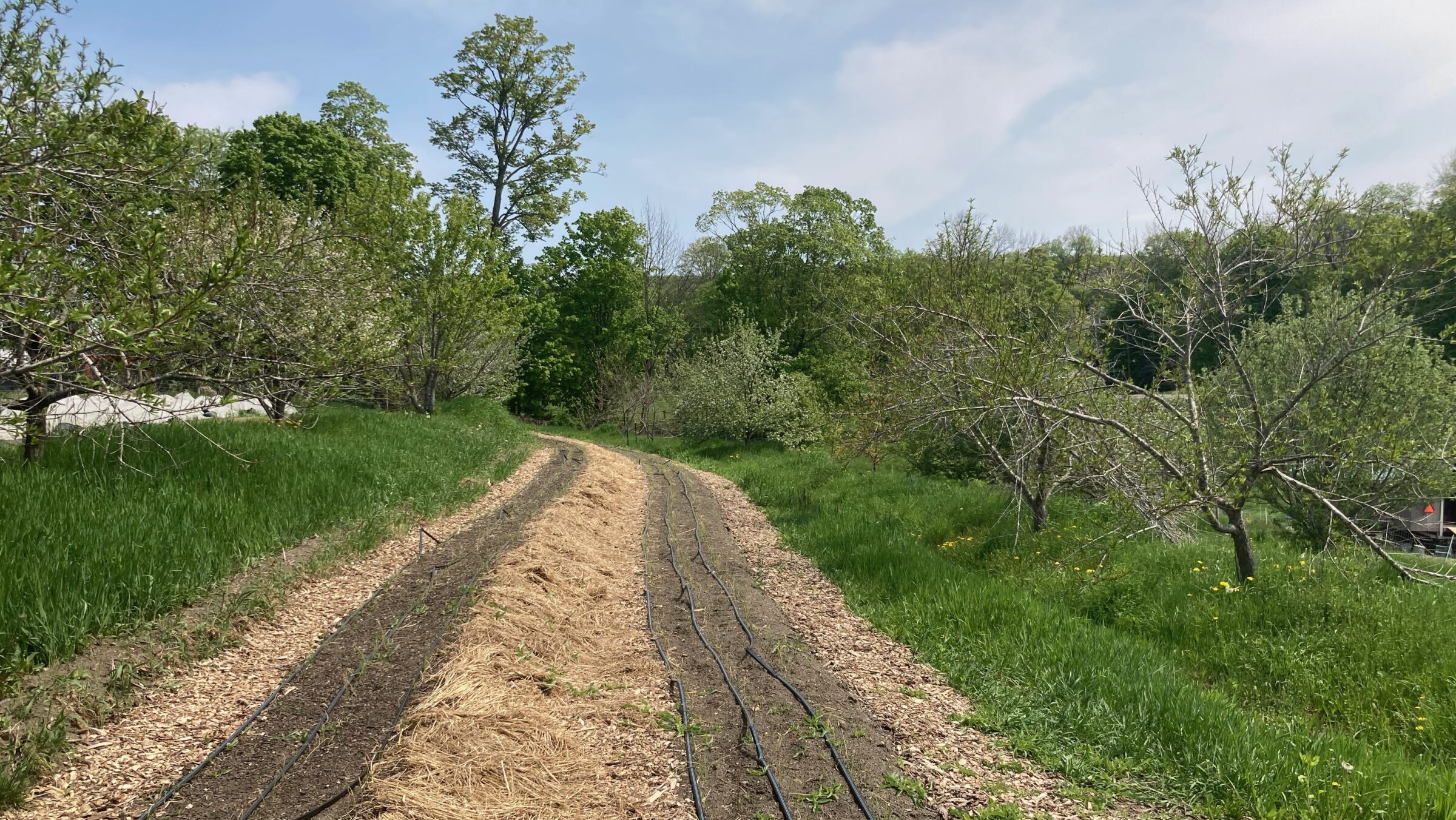
Comments (0)